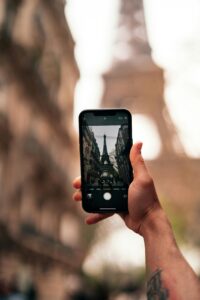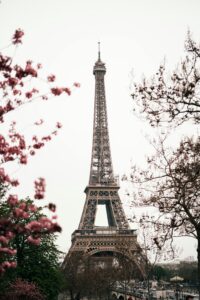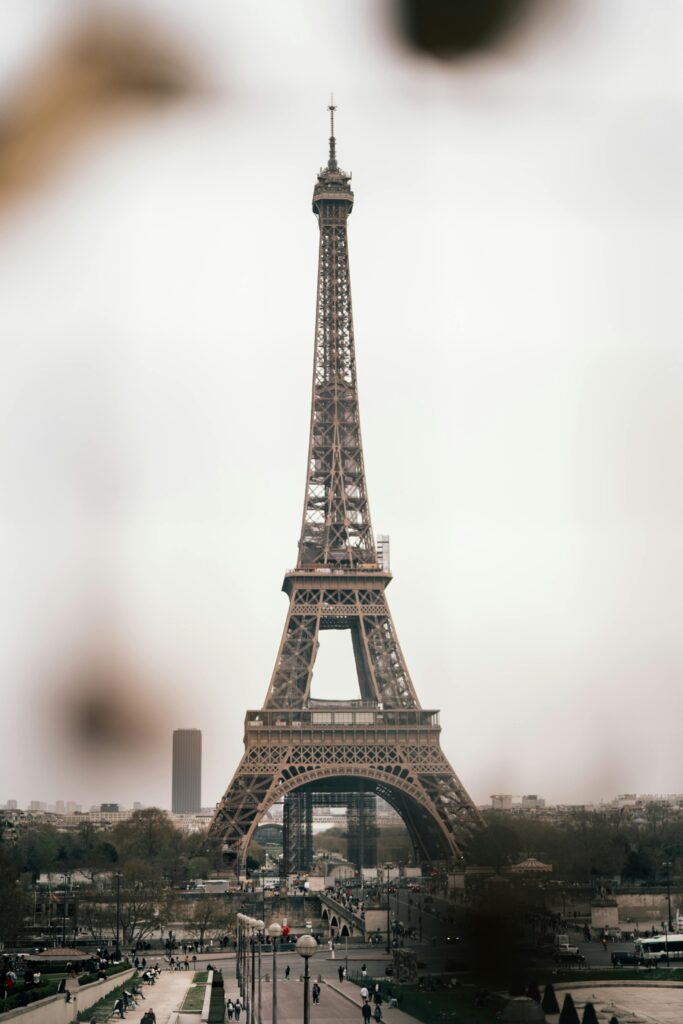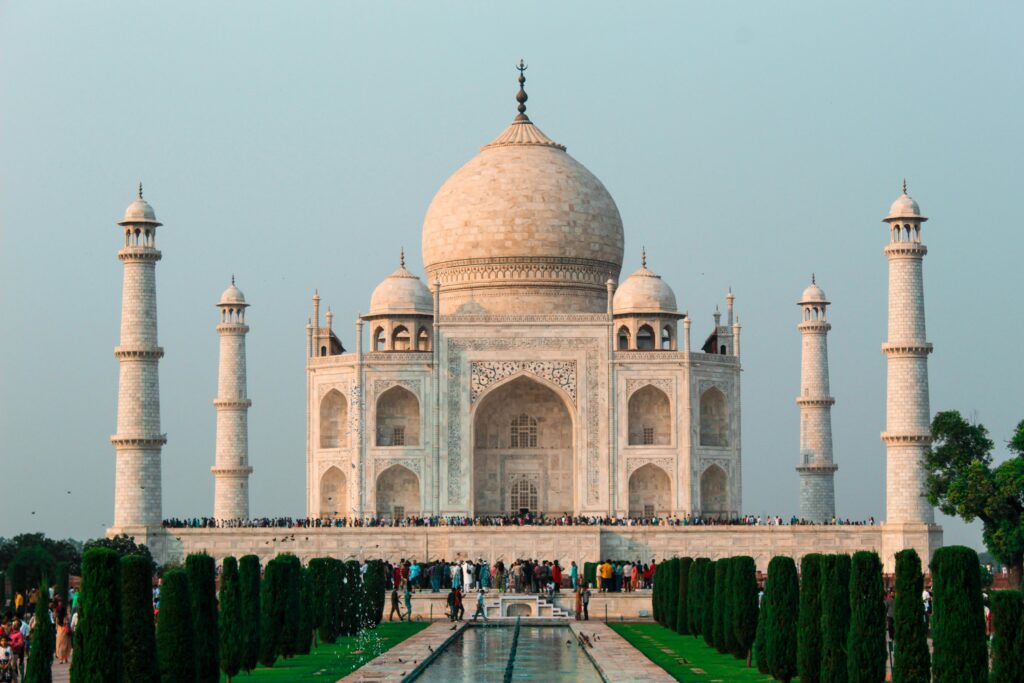The Eiffel Tower, affectionately known as “La Tour Eiffel,” is one of the world’s most iconic landmarks. Located in Paris, France, this architectural marvel has become an enduring symbol of romance, innovation, and French culture. Designed by Gustave Eiffel and his team of engineers, the tower was constructed between 1887 and 1889 as the showpiece of the 1889 Exposition Universelle, a world’s fair celebrating the 100th anniversary of the French Revolution.
The Eiffel Tower has such an amazing height of 330 meters, or 1,083 feet. Till the finalization of the 1930 Chrysler Building in New York City, it has been the world’s greatest man-made structure. A massive size and elaborate gridwork make it a wonderful testimony of the engineering excellence in constructions during the 19th century. It carries about 10,100 tons of weight with the help of 18,038 iron pieces bonded together by around 2.5 million rivets. This has an impressive and massive design; it would have a minute motion of its great structure within the breeze of wind, signifying that these persons were real masters. In extremely hot temperatures, iron expands. Thus, its height might increase as much as 6 inches.

When the Eiffel Tower first stood, it faced much opposition from the leaders of modernity themselves—most of whom were highly influential artists and intellectuals at the time. Several Parisian elites signed a petition describing it as a “monstrous creation” that was bound to mar Paris’s skyline. But time went on; it slowly gained acceptance, and eventually, it became one of Paris’s identities today. Now, it is one of the most praised architectural monuments of all time.
There are three levels that compose the Eiffel Tower. There are varied attractions and magnificent sights to the city, available at every level. A glass floor can be found on this first level at 57 meters (187 feet)—here there are also exhibits and a restaurant, “58 Tour Eiffel,” giving one a good flavor of both history and delectable cuisine. As part of this first-level display is the history of building the tower and what was accomplished by it in previous decades. At 115 meters, or 377 feet, another restaurant called Le Jules Verne serves gourmet French dishes and has a panoramic view observation deck overlooking Paris’s historic sites from the Seine River, Notre Dame Cathedral, to Sacré-Cœur. For the more adventurous, a third level is reached via elevator or steep staircase and will take you to the top at 276 meters (906 feet), where you can see Gustave Eiffel’s private office and a staggering 360-degree view of the city.

The finest thing about the Eiffel Tower is its ability to be adaptable. Over the years, it was used for a variety of purposes: the transmission of radio and also a meteorological laboratory. Over World War I, it was used to intercept enemy communications; over World War II, even when it was under German occupation, it was preserved for strategic reasons. Today it has become a platform for scientific experiments, broadcasting communication, and holding cultural events. So, it is much more than an attraction for tourists. The nightly illumination of the tower is a spectacle that brings in millions of visitors every year. Since 1985, 20,000 sparkling lights have decorated the structure, throwing a dazzling show every hour from sunset. That sealed the Eiffel Tower into being a beacon of beauty and elegance. There are also special light shows held in the event of special times, such as Bastille Day or when the countdown for New Year’s starts.

It welcomes more than seven million people every year. It also featured in countless movies, books, and artworks; thus, its presence becomes etched more deeply in the culture of the world. Interestingly, the tower was supposed to be dismantled after 20 years; however, communication purposes saved it from being demolished. It remains one of the significant sources of income for Paris today, contributing much to the tourism of the city.
Maintenance continues on the Eiffel Tower as it is always preserved with its beauty and safety at hand. The entire construction is repainted every seven years with approximately 60 tons of paint to prevent rust corrosion. This is how this gigantic iron structure remains so famous and structurally sound. The Eiffel Tower has been a remarkable proof of humanity’s excellence in ingenuity and skill in artistry.
From their original design concept to its inheritance as a product of modernity and now, to inspire and provide must-see destinations and stops for anyone traveling about the world. Looking at it from afar or on closer inspection, the Eiffel Tower stays enchanted and awe-inspiringly brilliant, like the spirit of Paris and brilliant engineering.



